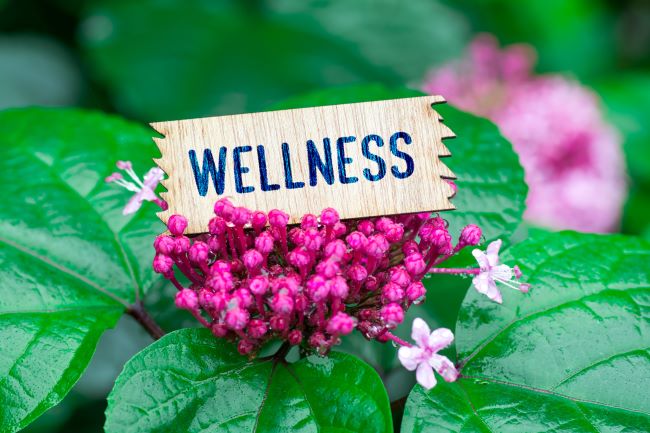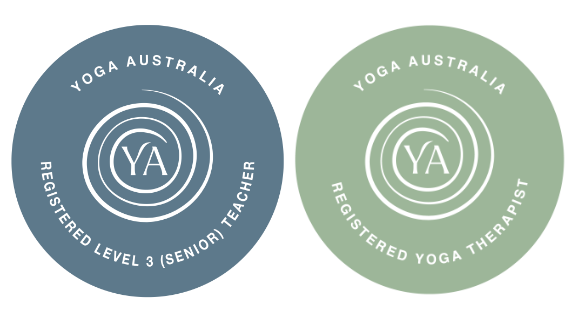I recently read an article on inflammatory disease and how it’s implicated in so many conditions that many people are suffering from.
As Antony Sammeroff, author of the article in issue 54 of The New Zealand Journal of Natural Medicine, says. As a general rule, anytime you see a condition name ending in itis, its meaning is inflammation of the said area. For example, plantar fasciitis means inflammation of the fascia/connective tissue across the bottom of your foot that connects the heel bone to your toes, known as the plantar fascia. Appendicitis refers to inflammation of your appendix; dermatitis is inflammation of your skin. Myocarditis is, inflammation of your heart muscle, and pericarditis is the inflammation of the lining of your heart.
So it’s not a huge leap in thinking to open your mind to realise that many of the itis diseases are not diseases at all but are descriptions of symptoms. If that is the case, then what about the causes? are they the same? Then what about the treatment, could that be the same? The sad reality is that many people are reliant on pharmaceutical drugs to treat these numerous diseases, all with the common factor of inflammation.
When does one start to question and ask what is causing the inflammation? The inflammation is a symptom that something is out of balance, is dis-eased, and it’s showing up in that particular person’s weak spot. Weak spots are like potholes in the road. If you don’t notice the initial pothole and do something about it, when the storm comes along, water fills the pothole, and it gets bigger! Everyone’s weak spots are different, so everyone’s treatment needs to be different.
It seems to me that many people have become overdependent on the current medical profession and are not happy until they get a diagnosis in the form of a named disease and a treatment for that disease, most commonly in the form of a pharmaceutical drug. Sadly, what I am seeing more and more of in my yoga therapy & holistic health clinic is people on many medications suffering a huge range of side effects that are making their lives miserable.
I want to shout from the rooftops that we need to start treating the whole person and not the “disease”, not the hip, knee, foot, heart, or whatever is the presenting issue. How can we start investing in our wellness instead of spending on our sickness? Isn’t prevention better than a cure? Why isn’t taking the path of least harm the starting point to restoring wellness? Why are we not drawing on practices like yoga and ayurveda, sources of ancient wisdom, before prescribing medications that, in many cases, cause more harm?
In the science of yoga, arthritis, inflammation of the synovial joints of the body, is not considered to be a disease in itself, but rather one symptom of a widespread metabolic and pranic malfunction which often begins early in life. Modern medicine has not fully come to terms with the overall dimension of arthritis, but instead concentrates on the relief of pain, failing to treat and correct the underlying causes.
There are many factors that lead to arthritis, including mental and emotional stress, lifestyle factors, and dietary considerations. All these factors are jointly responsible for upsetting the balance of central controlling mechanisms in the brain and endocrine system, and resulting in states of dis-ease. Ref: Dr Swami Karmananda,1983, Yogic Management of Common Diseases, Yoga Publications Trust, Bihar, India.
Just as there are many factors in the dis-ease process, there are as many factors in restoring balance and homeostasis. It’s the whole person approach to wellness that covers all layers of our being and all aspects of our lives. The problem with this approach is that it usually takes time for the body/mind to become dis-eased and therefore will take time to restore ease. There is no quick fix; it is a process of restoring balance to all areas of one’s life.
In traditional Chinese medicine (TCM) they have a broad view of health:
TCM is based on the belief that the human being is composed of and surrounded by an energy system or field. This energy system is understood to resemble an electromagnetic field, expressed on the minute level as the behaviour of electrons and neurons and on the gross level as the experience of vitality. The energy system is made up of energy pathways, often referred to as meridians. The pathways are believed to carry energy and information throughout the human organism to unite body, mind, and spirit. Health is seen as having a sufficient amount of energy circulating freely in the organism. Ref: Charlotte Eliopoulos,2018, Invitation to Holistic Health, fourth edition, Jones & Bartlett Learning, Burlington, MA.
So, when you consider the multidimensionality of what makes us up, it’s not a huge leap to realise that the holistic health approach is the only way forward. Energy and sound medicine work because we are made up of energy and sound, and when you work on the subtle level, it’s fast acting and filters down to the physical. That’s why in yoga we work with the pranic layer through pranayama techniques that are fast acting and effective. The ancients knew this, the yogis knew this, and we have to get back to energy medicine and a holistic approach if we want to live longer, meaningful lives instead of dying longer with reductionist quick fixes.
Take your power back by investing in your wellness. Support your local holistic health & yoga therapist professionals. Seek out those who are passionate about their craft; often, they have spent many thousands of dollars and many years learning and refining their areas of expertise. Many of these health professionals have not been recognised for their effectiveness because society has been indoctrinated into a sick care system.
Your call to action is to jump on the massive tide of change taking place and to invest in your wellness by being proactive. Become curious and open your mind to trying other approaches to bring balance and harmony back into your life. If you’ve never tried holistic health approaches, start seeking them out and giving them a go. Let me know how you get on, as I do love to hear from you.
Namaste
Sarah



Leave a Reply
You must be logged in to post a comment.